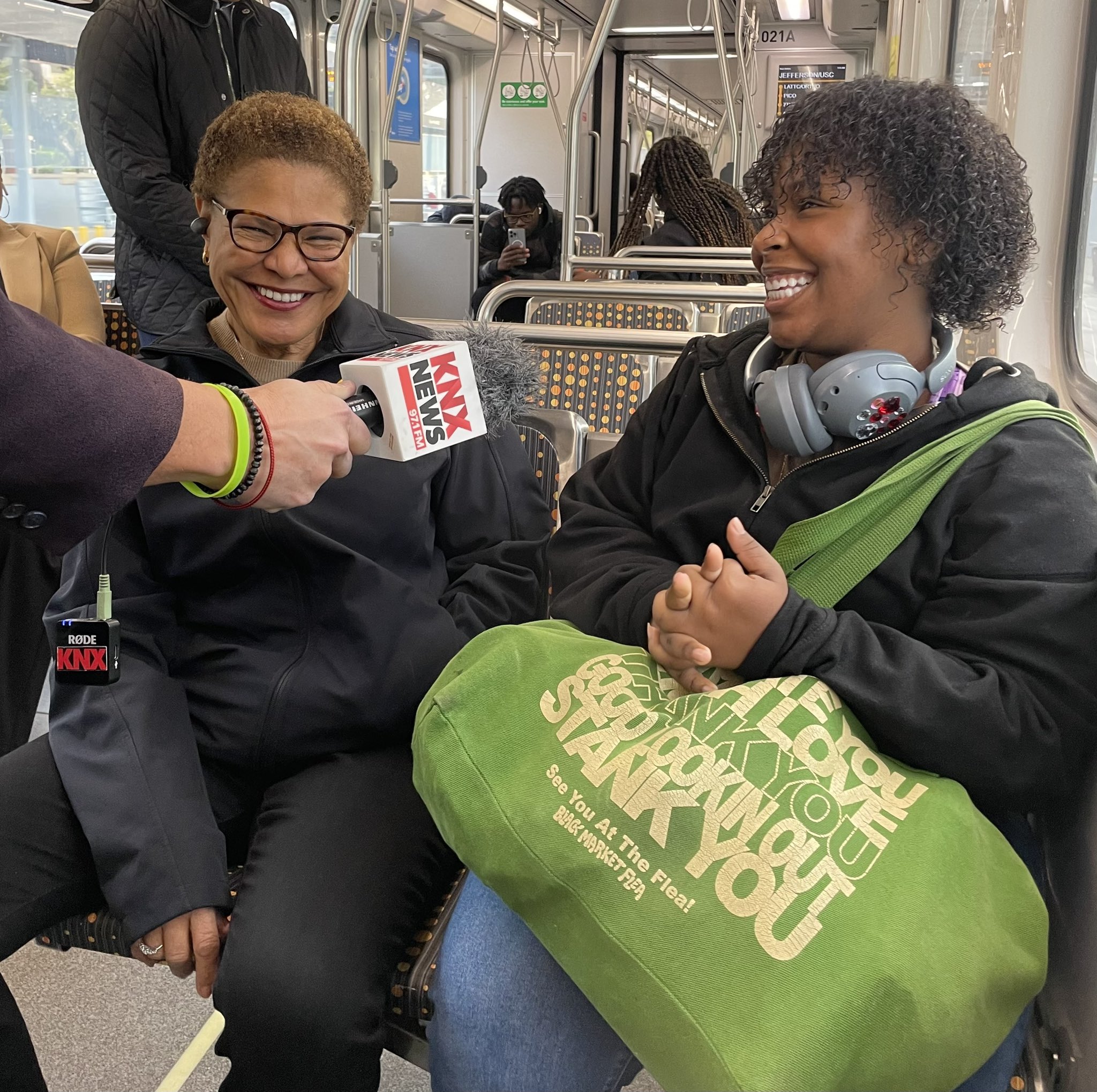
91 Freeway Closure: The Ultimate Guide
Why is the 91 Freeway Closed?
The 91 Freeway is a major transportation artery in Southern California, connecting Riverside County to Orange County. The freeway is frequently subject to closures due to a variety of factors, including accidents, construction, and maintenance. Here are some of the most common reasons for 91 Freeway closures:
-
Accidents
-
Construction
-
Maintenance
-
Natural Disasters
Accidents are a leading cause of 91 Freeway closures. These incidents can range from minor fender benders to major collisions involving multiple vehicles. When an accident occurs, law enforcement and emergency responders must close the freeway to clear the scene and investigate the crash. The length of the closure will depend on the severity of the accident and the number of vehicles involved.
Construction projects are another common reason for 91 Freeway closures. The California Department of Transportation (Caltrans) frequently performs maintenance and improvement work on the freeway, which requires lane closures or full freeway closures. These projects can last for several hours or even days, depending on the scope of the work. Caltrans typically announces planned construction closures in advance, so drivers can plan alternate routes.
Regular maintenance is essential to keep the 91 Freeway in good condition. Caltrans crews perform a variety of maintenance tasks, such as repaving, striping, and cleaning. These tasks may require lane closures or full freeway closures, depending on the nature of the work. Caltrans typically schedules maintenance work during off-peak hours to minimize traffic disruptions.
Natural disasters, such as earthquakes, floods, and wildfires, can also cause 91 Freeway closures. These events can damage the freeway infrastructure or create hazardous conditions for drivers. Caltrans crews work to clear debris and repair damage as quickly as possible, but natural disaster closures can sometimes last for several days or even weeks.
When is the 91 Freeway Closed?
The 91 Freeway is subject to closures at any time of day or night. However, closures are most common during peak traffic hours, when the freeway is most heavily congested. Caltrans typically announces planned closures in advance, so drivers can plan alternate routes. However, emergency closures can occur at any time without notice.
How Long is the 91 Freeway Closed?
The length of a 91 Freeway closure depends on the reason for the closure. Minor accidents may only cause delays of a few minutes, while major accidents or construction projects can cause closures that last for several hours or even days. Natural disaster closures can sometimes last for weeks or even months.
What are the Detours for the 91 Freeway Closure?
When the 91 Freeway is closed, drivers can use a variety of alternate routes to reach their destinations. The best detour for you will depend on your starting point and destination. Here are some of the most common detours for 91 Freeway closures:
-
Surface Streets
-
Alternate Freeways
-
Public Transportation
Surface streets are the most direct way to detour around a 91 Freeway closure. However, surface streets can be congested, especially during peak traffic hours. If you are taking a surface street detour, allow yourself extra time for your commute.
There are several alternate freeways that you can use to detour around a 91 Freeway closure. These freeways include the 210 Freeway, the 10 Freeway, and the 57 Freeway. Alternate freeways can be less congested than surface streets, but they may be longer and take more time.
Public transportation is a great option for detours around 91 Freeway closures. Metrolink and OCTA both operate train lines that run parallel to the 91 Freeway. You can also take a bus to your destination. Public transportation can be a slower option than driving, but it can be a more reliable way to avoid traffic congestion.
How to Avoid 91 Freeway Closures
The best way to avoid 91 Freeway closures is to plan your commute in advance. Here are some tips for avoiding closures:
-
Check Traffic Reports
-
Use Alternate Routes
-
Allow Extra Time
Before you start your commute, check traffic reports to see if there are any closures on the 91 Freeway. You can check traffic reports online, on the radio, or on your smartphone. Traffic reports can also provide you with information about the length of the closure and the best detour routes.
If there is a closure on the 91 Freeway, consider using an alternate route. There are several alternate routes that you can take, depending on your starting point and destination. You can find alternate routes using a map app or online.
If you are traveling during peak traffic hours, allow yourself extra time for your commute. This will give you time to find an alternate route if there is a closure on the 91 Freeway.
91 Freeway Closure News
For the latest news on 91 Freeway closures, visit the Caltrans website or follow Caltrans on social media. Caltrans provides real-time traffic updates and information about planned closures. You can also sign up for Caltrans email alerts to receive notifications about closures and other traffic incidents.
Conclusion
91 Freeway closures are a common occurrence, but there are several things you can do to avoid them and minimize their impact on your commute. By planning your commute in advance, checking traffic reports, and using alternate routes, you can avoid closures and keep your commute on track.
Leave a Reply